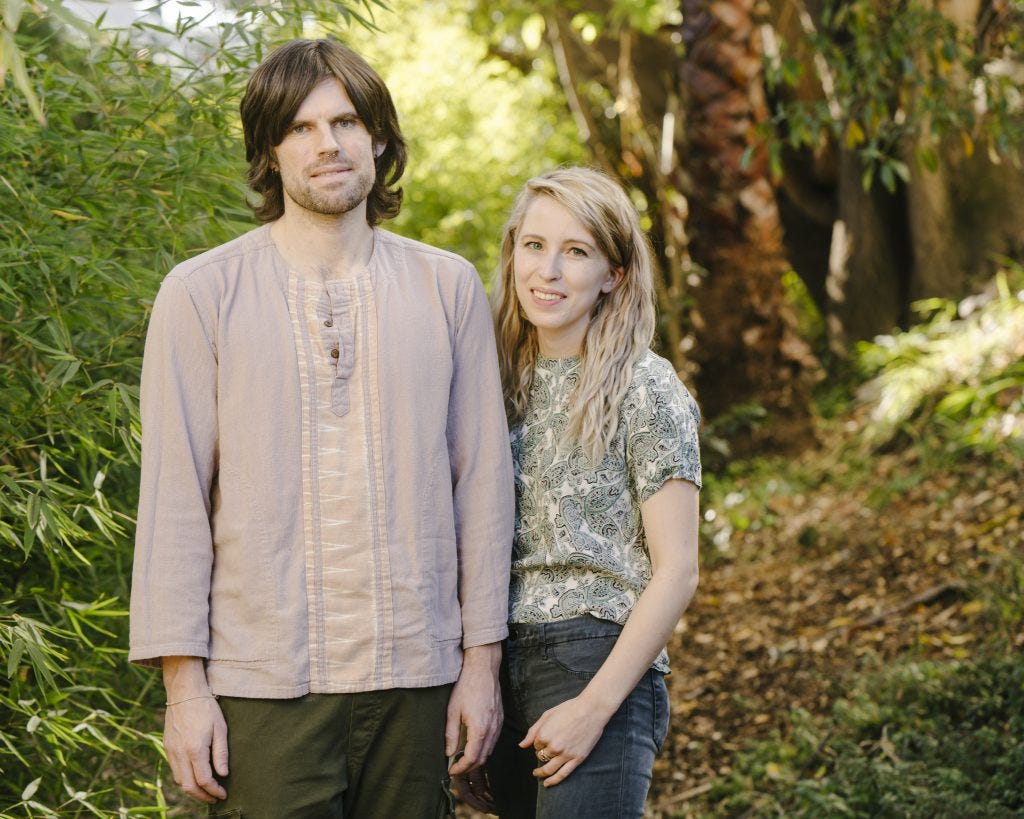#37 Living Carbon
Genetically engineered trees for rapid carbon sequestration
Read time: 5 minutes
Hi, I’m Javi Gascón.
This is Climate Tech Distillery, a newsletter where I talk about one specific climate tech company every week.
Subscribe for free to receive my weekly articles in your inbox.
Today we’ll distill a company that’s harnessing biotech to enhance plant carbon capture and ecosystem renewal: Living Carbon 🇺🇸
Scale your climate company with today’s sponsor:
The Climate COO leverages AI and process optimization to build automation systems for climate companies. Sales and marketing, operations, project management, you name it.
If you want to boost growth and streamline operations, this is a great place to start. They offer both one-off projects and automations as a service subscriptions.
Want to sponsor Climate Tech Distillery? Here’s all the info.
What Problem Does Living Carbon Tackle❓
Living Carbon’s focus is removing already emitted CO2 from the air.
In more detail:
1. Carbon Emissions: CO2 accounts for nearly 76% of all greenhouse gas emissions, so it makes sense to deal with these asap.
2. Carbon Sequestration: Besides polluting less we also need to remove what’s out there. Current methods are often insufficient and expensive at the scale required.
3. Ecological Impact: Traditional carbon capture methods, have significant environmental drawbacks. For instance, they consume large amounts of resources like water and energy.
4. Sustainability of Carbon Storage: Trees engineered to grow quickly often have low wood density and short life spans, which can limit the overall amount of carbon stored.
Finding a way to remove CO2 at scale and in a way that also promotes environmental conservation is key.
Learn about Direct Air Capture in my article.
Product / Service 📦
Living Carbon creates reforestation projects on degraded land. They have developed a genetic modification that improves trees' photosynthetic efficiency. This allows the trees to grow faster and capture more carbon dioxide🌲.
Mixed Forest Approach: The company is not planting monocultures but mixed forests, with their genetically engineered trees making up about 5% of their plantings.
Economic Benefits: Landowners receive annual payments per acre for participating, covering site preparation and planting costs, while retaining ownership and access to the land.
Environmental Impact: The projects restore habitats, promote native plant growth, enhance soil structure, and reduce erosion, contributing to biodiversity and ecosystem health.
Carbon Credits: Consumers can purchase carbon credits from these projects, supporting high-quality carbon removal and contributing to climate mitigation efforts.
Overall, they offer a sustainable way to sequester carbon, restore ecosystems, and provide economic benefits to landowners.
Market 🌐
Living Carbon operates within the voluntary carbon offset market, which involves the trading of carbon credits representing one ton of greenhouse gas avoided or removed.
The voluntary carbon offset market is expected to grow significantly:
2022 —> Valued at around $2 billion.
2030 —> Projected to reach $100 billion.
2050 —> Forecast to reach $250 billion.
This is due to increasing demand for high-quality carbon credits and the need for companies to meet ambitious climate targets.
I know carbon credits are a controversial topic but I believe they will be unavoidable to get to net zero by 2050, so just do your due diligence properly if you are buying any.
Other Key Players
Any company capturing CO2 (through natural or technological means) and selling carbon credits, really. To mention some:
Carbon Kapture 🇬🇧: They use seaweed’s fast-growing features to extract CO₂ from our oceans and atmosphere, achieving results 30 times quicker than reforestation.
Climeworks 🇨🇭: They build giant machines that suck CO2 directly from the air. The biggest company of this type.
Founding Story 🦄
Living Carbon was founded in 2019 by Maddie Hall and Patrick Mellor after the two met at a climate conference. Maddie Hall, the CEO, was driven by the urgent need to address climate change through innovative biotechnology. Before founding Living Carbon, Hall worked in various roles, including as a product manager at Zenefits, special projects at OpenAI, and as a scout for Sequoia Capital, where she focused on climate change and biotech investments.
Mellor was interested in decomposition resistance and had been studying plants that accumulate metals, making them more resistant to decay.
They realized their projects were complementary and recognized the potential of genetic engineering to enhance plants' ability to capture and store carbon dioxide. They saw an opportunity to leverage advanced biotech tools to improve the growth rate, carbon capture, and climate resilience of trees.
The company has since raised over $36 million in funding and is supported by significant investors, including the Frontier Fund founded by Stripe, Alphabet, Shopify, Meta, and McKinsey.
Top Impact Stats 📈
Their genetically modified trees have shown an increase in biomass production of up to 53% compared to control trees.
The enhanced trees can capture approximately 27% more carbon dioxide than unmodified trees due to their faster growth rate.
The modified trees demonstrate a significantly better drought tolerance, potentially increasing survival rates in challenging environments.
Whenever you’re ready, there are 2 ways I can help you:
Scale and optimize your climate business: I build low-code automation systems for climate companies so they can free up time to scale their revenues and their climate impact.
Give visibility to your climate company: Get your company in front of an audience of thousands of climate players and enthusiasts by sponsoring newsletter issues and LinkedIn posts.
Thanks for reading today’s issue! If you liked it feel free to hit the ❤️ button and share it with someone who might like it too. See you next Saturday :)







